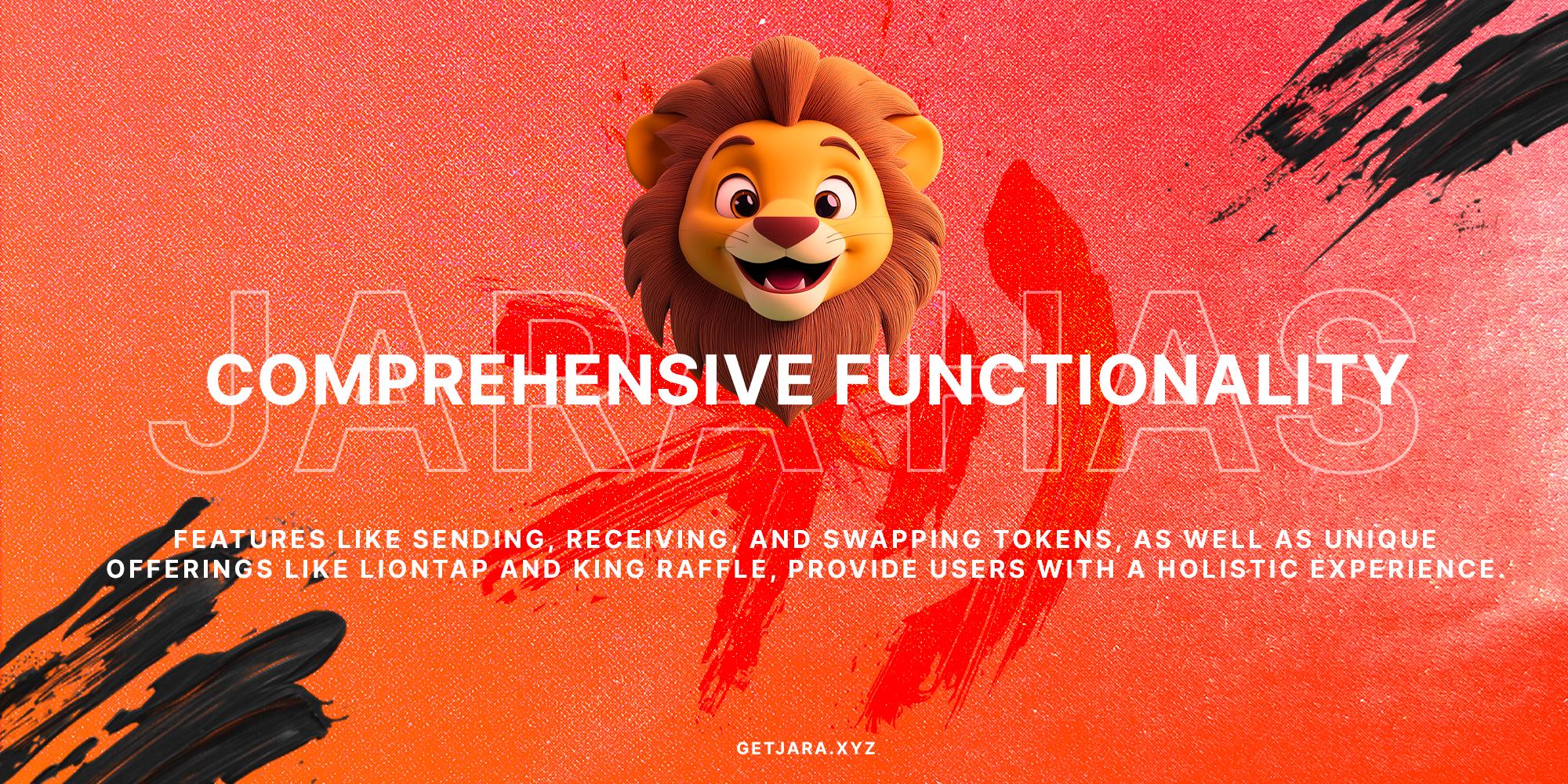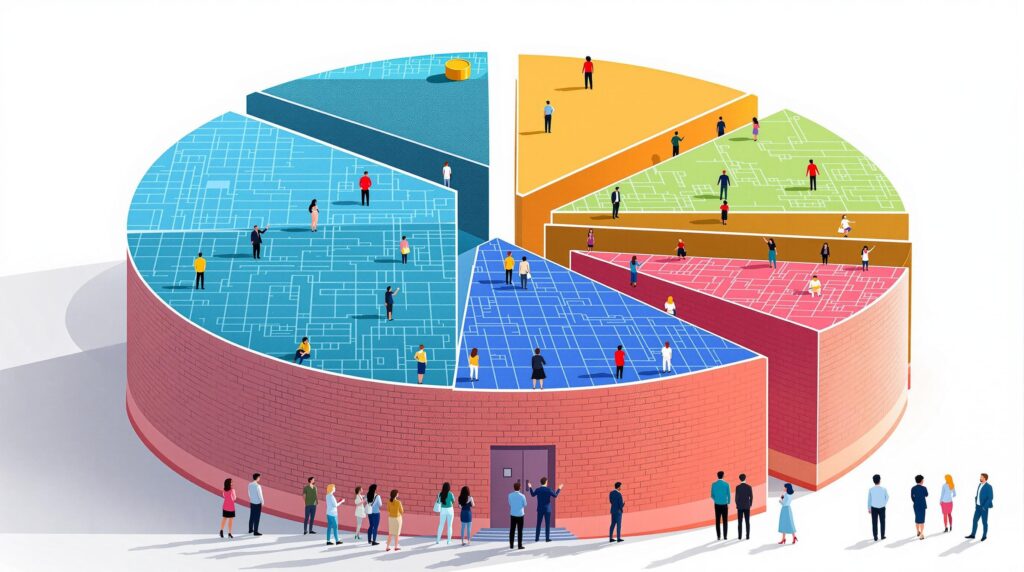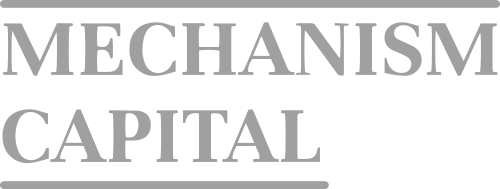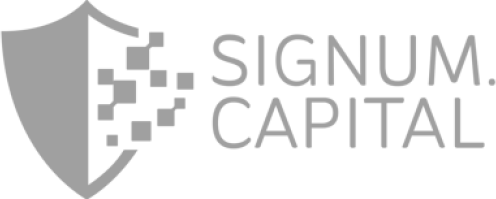Introduction to Commodity Tokenization
Commodity tokenization is a groundbreaking innovation reshaping the investment landscape. By converting physical assets into digital tokens on a blockchain, commodities like gold and oil become more accessible and tradable. This process democratizes investment, allowing for fractional ownership and enhanced liquidity, crucial in today’s global market.
So, what exactly is commodity tokenization? In simple terms, it’s the transformation of physical commodities into digital tokens that represent a share or ownership of the actual asset. This might sound like science fiction, but it’s transforming how we invest and interact with tangible assets. Think of it as owning a piece of gold—digitally—through tokens, without having to physically store or secure it. This revolutionary process is making investment opportunities open to everyone, breaking down the traditional barriers of heavy capital requirements and logistical challenges.
What is commodity tokenization? Commodity tokenization is the process of converting the rights to tangible assets into digital tokens on a blockchain, making them tradable, accessible, and secure.
One of the major benefits of commodity tokenization is increased liquidity. Since tokens can be traded on blockchain platforms, it provides an easier, more accessible, and faster way for investors to buy, sell, or exchange commodities. This flexibility is akin to trading stocks, where ease of transaction is paramount.
Moreover, another advantage is the potential for fractional ownership. Imagine owning just a fraction of valuable resources, like gold or oil, without the need to purchase the whole commodity. This opens the door for small-scale investors to get involved, diversifying their portfolios with stable, high-value assets.
Why should commodities be tokenized? Apart from democratizing investment, tokenization gives rise to transparency and security in transactions. Blockchain’s immutable ledger means each transaction is recorded and verifiable, reducing instances of fraud and boosting investor confidence—a critical need in regions like Africa where regulatory clarity can be elusive.
In places like Africa, the burgeoning digital asset economy, as championed by innovative platforms like Jara, utilizes tokenization to bridge global capital with local assets. By leveraging blockchain technology, Jara not only improves access to asset investment but also strengthens the infrastructure for sustained growth in the region.
“Jara – Unlocking the Future to Africa’s Crypto Ecosystem,” harnessing blockchain to transform African commodities into globally accessible investments.
Despite the burgeoning potential, there are challenges to overcome. Regulatory hurdles and technological requirements present significant obstacles. However, with entities like Jara leading the transformation, such challenges also highlight vast opportunities. As regulatory frameworks mature, the integration of commodities in financial ecosystems is set to empower economic development across the continent.
In summary, commodity tokenization stands as a pivotal innovation, redefining investment landscapes and fostering global financial inclusion. It’s no longer a question of if tokenization will drive new industries but how soon. The horizon looks promising, with platforms like Jara at the forefront, facilitating this journey into a digital investment future.
For more insight into this subject, explore how tokenization is affecting diverse sectors such as real estate and private equity.
The Process of Tokenizing Commodities
Steps in Tokenization
So, how do commodities like gold or oil transform from physical goods into something you can trade digitally? Here’s a peek into the step-by-step process:
- Selecting the Asset: The journey begins with choosing a commodity. Whether it’s an asset like real estate, precious metals, or agricultural products, the first step is critical as it determines the commodity’s viability in the digital world.
- Assessing Quality: Once a commodity is chosen, its quality must be verified. This step involves ensuring that the commodity meets all necessary standards and is authentic. Such evaluation is paramount for maintaining trust in the digital tokens that will represent these assets.
- Converting Ownership Rights: After the commodity is verified, the ownership rights are converted into digital tokens. This transformation involves using blockchain technology to ensure that each token accurately reflects the rights to a certain quantity or percentage of the actual commodity.
- Recording on Blockchain: The converted tokens are then recorded on a blockchain. This step is crucial as it brings transparency and security into the process. Each transaction or change in ownership is logged in a tamper-proof ledger, much like a digital diary, accessible to all relevant parties.
What is commodities tokenization? Commodities tokenization is the process of converting ownership rights of physical commodities into digital tokens stored on a blockchain, making them tradable, accessible, and secure.
Tokenized commodities have an array of benefits such as increased liquidity and accessibility for traders and investors. They can now trade these digitalized assets much like stocks, bringing more flexibility and dynamism to markets that were once exclusive and difficult to enter.
Are you wondering how tokenization is the future of finance? As blockchain technology matures, the potential for tokenization to reshape global markets only grows stronger. With projects like Jara’s work on tokenizing the Lagos airport, the future looks promising for more inclusive and efficient investment strategies.
“Jara- Unlocking the Future to Africa’s Crypto Ecosystem.”
Jara is leading the charge in bridging global capital into Africa’s booming digital asset economy. Through their innovative platform, Jara is making significant strides in bringing on-chain solutions to traditional commodity investments. This strategic advancement not only democratizes investment access but also contributes to closing Africa’s infrastructure gap.
For instance, the movement of commodities on-chain through tokenization offers a revolutionary way for investors to participate in markets that were once a domain for a select few. This inclusivity fosters economic empowerment and democratizes access to vital resources.
Why is tokenization important for commodities? Tokenization enables the fractional ownership and broader market access for commodities previously accessible only to large investors.
Overcoming challenges like regulatory uncertainty and establishing robust technological frameworks are crucial for the widespread adoption of tokenized commodities. While Africa’s regulatory landscape is still evolving, platforms like Jara stand poised at the forefront of this digital revolution, providing advanced solutions to these emerging challenges.
By navigating these transformative waters, Jara is not only facilitating access to real-world assets but also positioning itself at the crux of Africa’s digital transformation. This alignment offers both an ethical and impactful means to invest in the continent’s future. Watch how Jara continues to innovate and pave the way for a more connected and robust economic landscape.
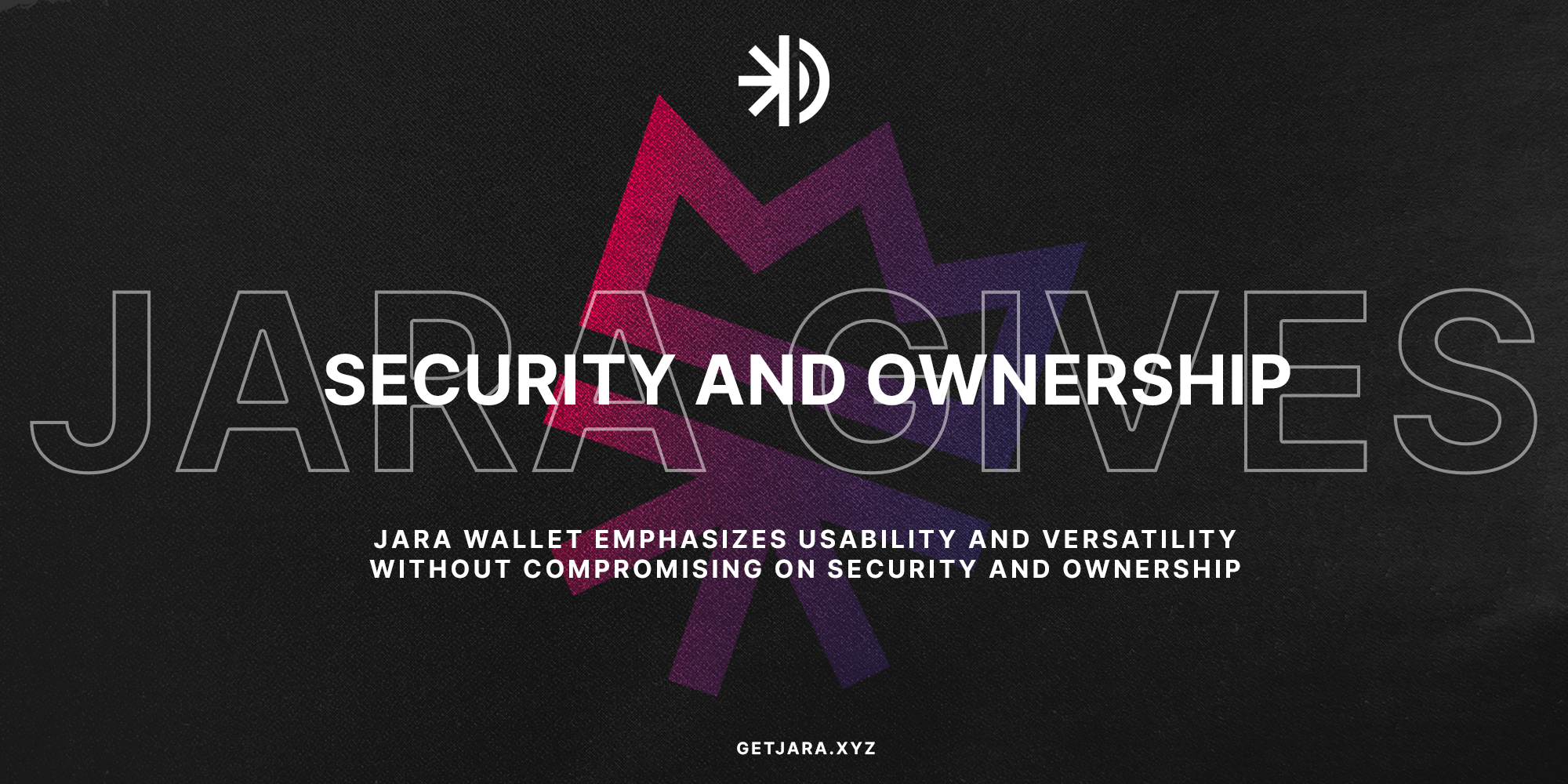
Benefits of Commodities Tokenization
Tokenization is changing the landscape for how commodities like gold, oil, and agricultural products are bought and sold. This innovative process uses blockchain technology to transform these physical goods into digital tokens, unlocking a world of benefits for both investors and market participants.
Commodities tokenization increases market liquidity by allowing fractional ownership, making it accessible to a broader pool of investors.
Have you ever wondered how tokenization could improve the efficiency of trading commodities? By enabling fractional ownership, tokenized assets become more accessible, leading to higher liquidity and more active trading. Imagine owning a fraction of a gold bar—it transforms the way we approach investment, making it possible for more people to participate in the market.
Enhanced Security
One of the standout benefits of commodities tokenization is enhanced security. How does blockchain technology contribute to this? Blockchain provides a tamper-proof ledger that ensures every transaction is securely recorded and cannot be altered without detection. This immutable nature significantly reduces the risk of fraud and error, creating a more trustworthy environment for investing in commodities.
Broader Market Access
Have you ever thought about investing in commodities but felt overwhelmed by the complexities and capital required? Tokenization breaks down these barriers by lowering the investment threshold. Thanks to tokenization, individual and institutional investors can now engage in commodities markets without needing to purchase entire units. This democratization of investment opportunities allows a more diverse group of investors to benefit from commodities.
Blockchains’ tamper-proof ledgers ensure secure transactions, reducing the risk of fraudulent activities.
Transforming Traditional Trading
Tokenization is also revolutionizing the very mechanics of traditional trading. With tokenized assets, trades can occur seamlessly and rapidly across blockchain platforms, eliminating the need for intermediaries and reducing transaction costs. This enhances not only the speed of transactions but also increases transparency, as every transaction is recorded on a public ledger.
As you can see, commodity tokenization isn’t just a trend. It’s a transformative force changing how we approach traditional markets, offering benefits that were previously seen as unattainable. The potential of tokenization to reshape financial landscapes, especially in regions like Africa, is immense, and companies like Jara are at the forefront of this change.
“Jara – Unlocking the Future to Africa’s Crypto Ecosystem.” Harnessing blockchain to transform African commodities into globally accessible investments.
Challenges and the Future of Tokenized Commodities
Overcoming Regulatory Hurdles
As promising as commodities tokenization is, it faces significant regulatory challenges. These challenges stem primarily from the lack of a unified regulatory framework across different jurisdictions. Given the nascent stage of blockchain technology and its applications in the commodity markets, regulatory bodies are still grappling with how to classify and manage these digital assets. This regulatory uncertainty can slow down the adoption rate and introduce risks for investors.
What is the importance of regulatory clarity in commodities tokenization? Regulatory clarity is crucial as it provides stability and confidence to investors in tokenized commodities, fostering a healthy ecosystem for trading these digital assets.
Moreover, the existing financial regulations weren’t designed to handle the complexities of digital tokens, which include issues like token classification as securities, taxation policies, and compliance with anti-money laundering laws. These classifications can heavily influence how digital tokens, representing commodities, are perceived and traded in the market.
“Jara is pioneering the digital asset frontier by addressing these regulatory hurdles with strong partnerships and compliance strategies, setting a benchmark for the industry.”
A key to overcoming these hurdles is collaboration between stakeholders—regulators, technology providers, and market participants. This collaboration can lead to comprehensive guidelines that ensure innovation does not outpace regulation, thus maintaining market integrity.
Technological Infrastructure Needs
The emergence of tokenized commodities has highlighted the need for advanced technological infrastructure. Effective tokenization requires an ecosystem that supports high-throughput transactions, security, and interoperability across different blockchain networks. The adoption of technologies, such as smart contracts and secure wallets, facilitated by platforms like Jara’s blockchain, plays a pivotal role in this transformation.
How does technology impact tokenized commodities? Advanced technology enhances the efficiency, security, and transparency of tokenized commodities, ensuring they are tradable globally and resilient to fraud.
However, technological advancement comes with its own challenges. In regions like Africa, the infrastructure for adopting blockchain technology may not be fully developed, hindering the seamless transition to digitized commodities. Moreover, integrating these technologies with existing systems poses significant hurdles, especially in ensuring that the new systems comply with current laws and offer robust security against cyber threats.
The Role of Jara in Shaping the Future
Jara is a game-changer in this space, leveraging its comprehensive ecosystem to bridge global capital and African assets. By focusing on security and utility tokens, Jara aims to provide a seamlessly integrated platform that encompasses everything from token issuance to trading. Their strategic partnership with financial powerhouses ensures that they’re addressing both technological and regulatory challenges head-on.
Furthermore, Jara’s initiatives, like the Lagos airport tokenization project, showcase the potential of tokenization to revolutionize critical infrastructure sectors. Such projects are paving the way for increased financial inclusion, presenting emerging markets with opportunities traditionally reserved for more developed economies.
“Invest in $JARA to be at the forefront of Africa’s digital revolution, where innovation meets opportunity.”
The integration of smart contracts, AI influencers, and socially connected wallets within the Jara ecosystem provides a robust infrastructure for tokenizing RWAs. This ecosystem promises a future marked by inclusivity and efficiency, making the dream of trading real-world assets in the digital space a reality.
The Road Ahead
Looking forward, the tokenization of commodities could dramatically reshape global markets by making investments more inclusive and accessible. As regulatory bodies gain more clarity and technology continues to evolve, the potential for tokenization to offer secure and efficient investment channels is vast. Jara’s approach—focusing on robust infrastructure, smooth interoperability, and stringent compliance—lays the groundwork for a sustainable future, paving the way for a revolution in how we perceive ownership and trade of commodities.
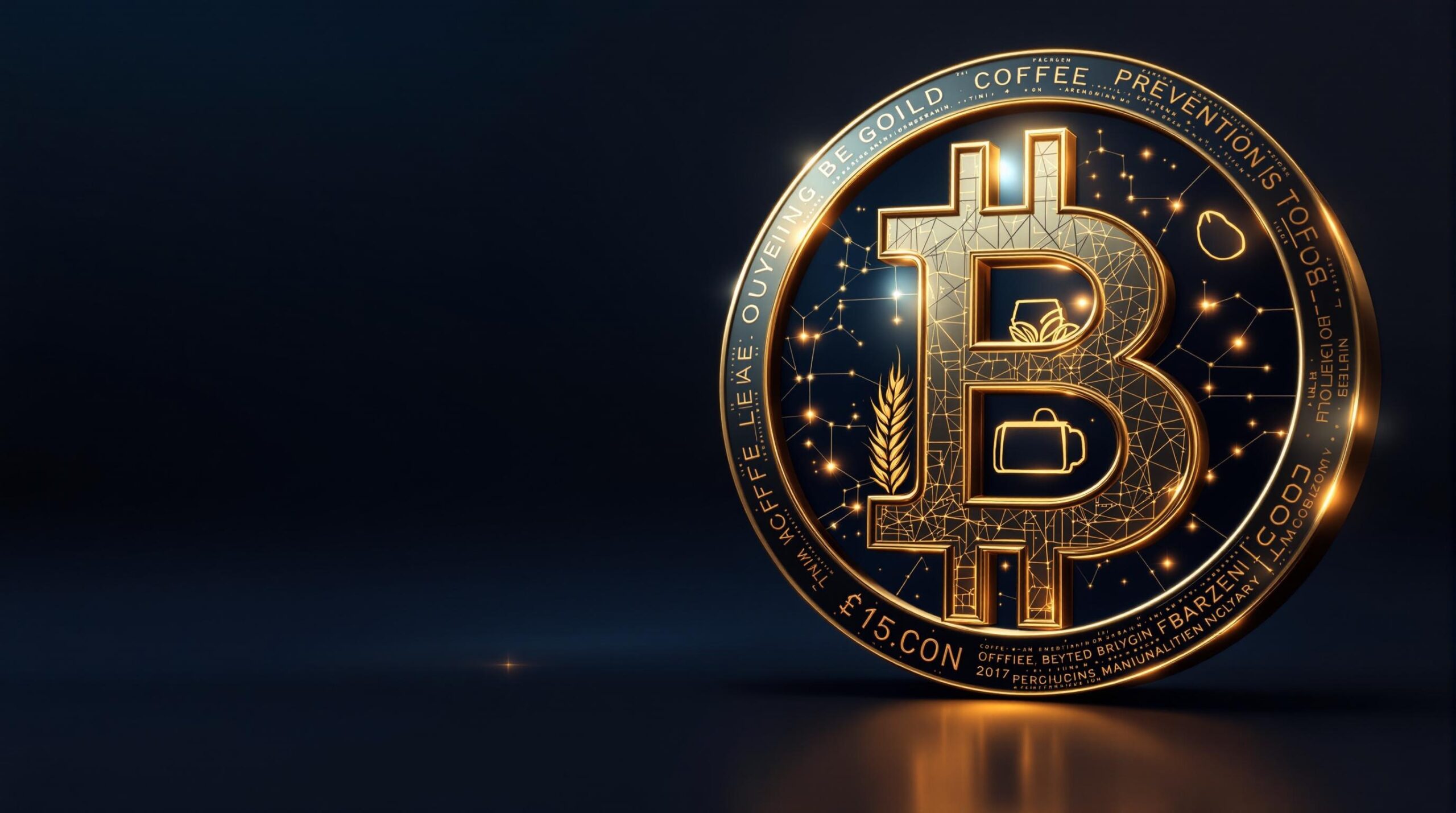
What is the role of blockchain in commodity tokenization?
Blockchain in commodity tokenization serves as the secure, transparent ledger that records all transactions. It ensures that each digital token corresponds to a real-world asset, providing trust and reducing fraud.
How does tokenization enhance the liquidity of commodities?
Tokenization enhances liquidity by allowing fractional ownership, enabling investors to buy and sell small portions of commodities. This democratizes access and makes it easier for investors to enter and exit positions, as opposed to traditional whole asset ownership.
What are some risks associated with commodity tokenization?
Risks in commodity tokenization include regulatory challenges and a lack of standardization across platforms. The evolving legal framework can affect market stability and investor protection, particularly in regions with less mature financial systems.
Why is Africa a promising market for commodity tokenization?
Africa is promising for commodity tokenization due to its vast natural resources and the growing digital infrastructure. With increasing mobile penetration and blockchain adoption, tokenization can provide much-needed financial inclusivity and economic growth.
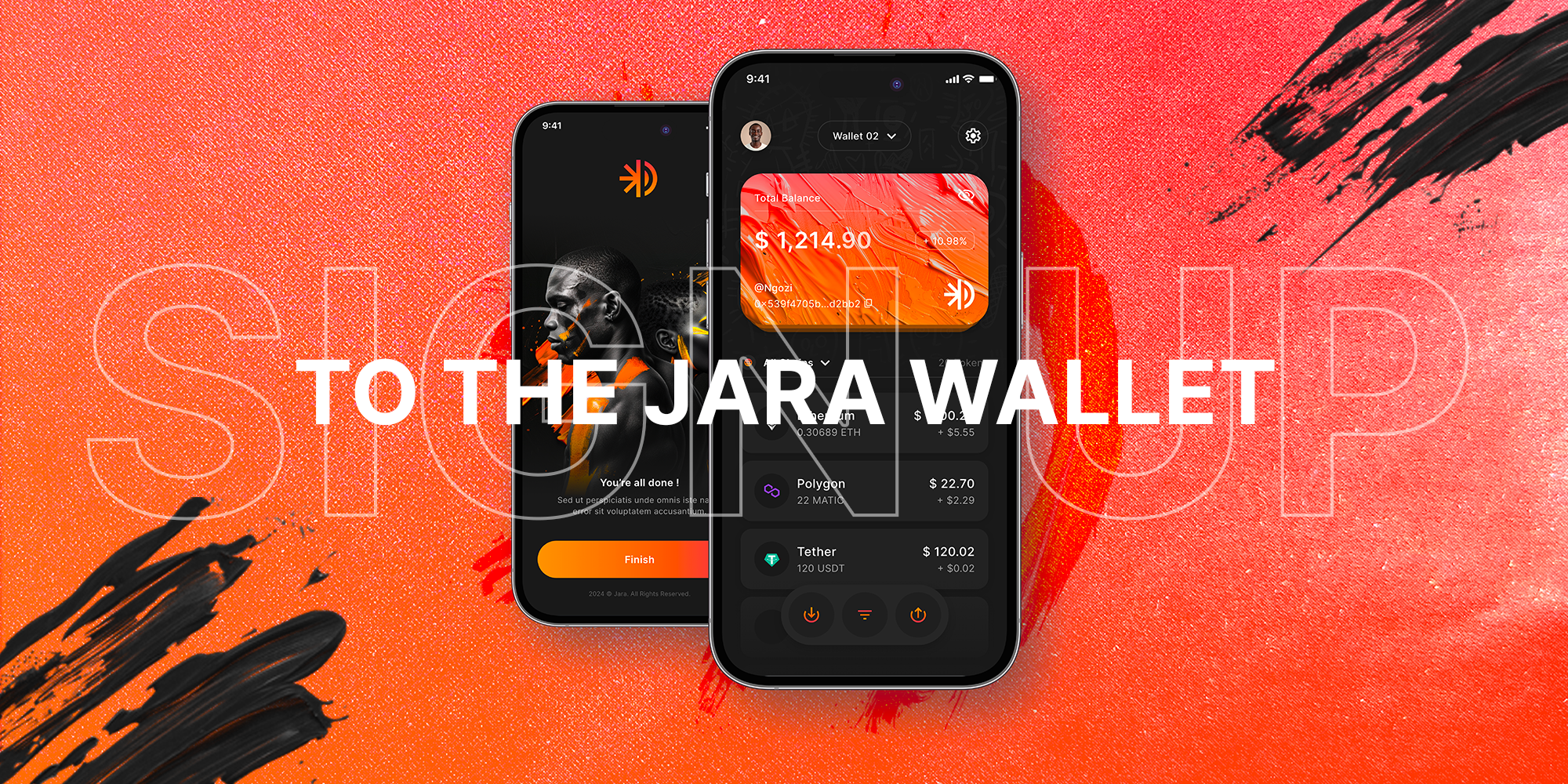
Further Reading on Tokenization
Explore these related articles to learn more about how tokenization is transforming various sectors in the financial world.
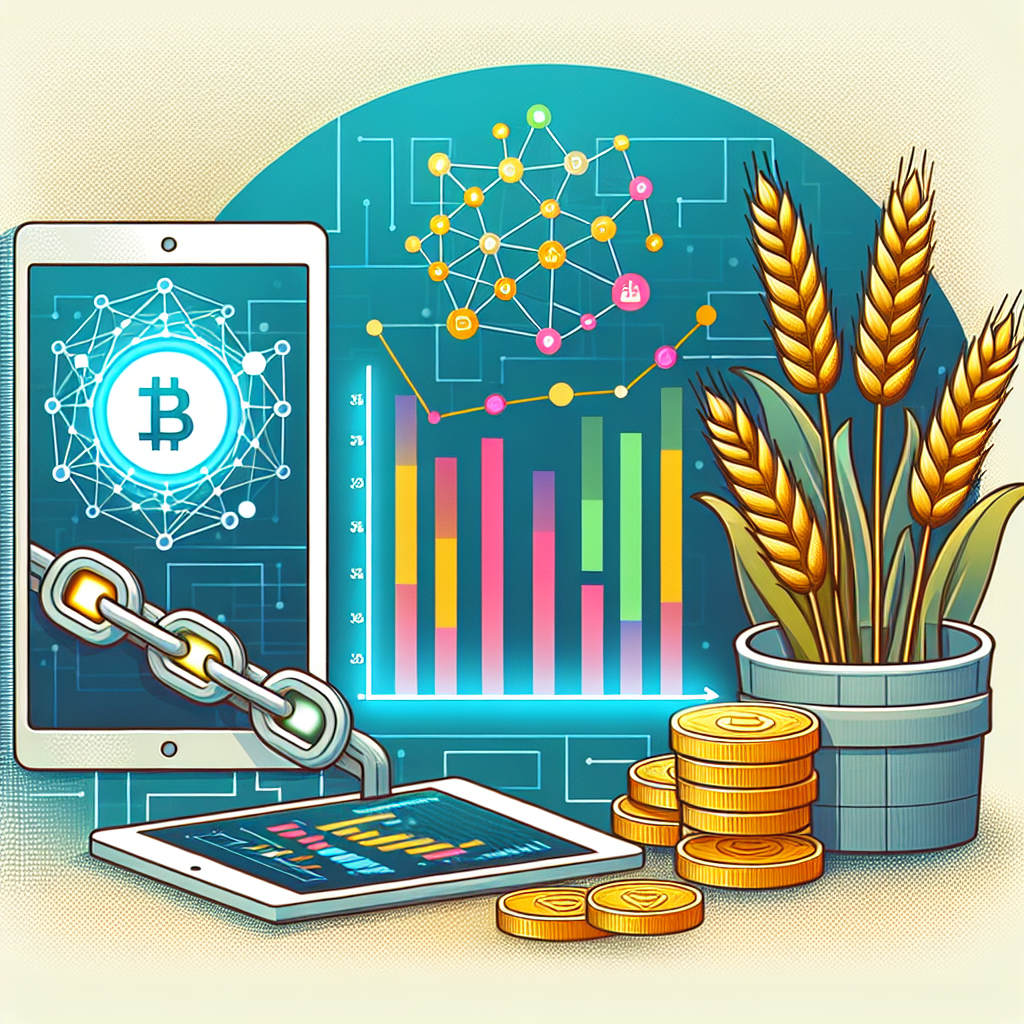
Join the Jara Revolution Today!
Experience the future of commodities with Jara Wallet. We invite you to be a part of the growing community utilizing tokenization of real-world assets to seamlessly integrate global capital with African assets. Transform your financial landscape and expand your investment opportunities. Ready to take the first step?
Download the Jara Wallet App on your preferred device:
- Android: Download on Google Play
- iPhone: Download on the App Store
Discover how you can empower your investments and participate in the tokenization revolution from the comfort of your own device. Join Jara today!
Understanding Personal Injury Law
- Definition: What constitutes a personal injury case?
- Common Types: List of common personal injury claims such as car accidents, slips, and falls.
- Importance: Why proper legal representation is crucial in personal injury cases.
Steps to Take After an Accident
- Immediate Actions: Check for injuries and call emergency services.
- Documentation: Gather evidence such as photos and contact information of witnesses.
- Legal Consultation: Importance of contacting a personal injury lawyer promptly.
How a Personal Injury Lawyer Can Help
- Case Evaluation: Understanding the merits of your case.
- Negotiation: How lawyers negotiate with insurance companies.
- Litigation Support: Steps involved if a case goes to trial.
Choosing the Right Personal Injury Lawyer
- Experience: Importance of selecting a lawyer with proven experience in handling similar cases.
- Reputation: Reading reviews and testimonials for informed decision making.
- Communication: Importance of choosing a lawyer who communicates clearly and frequently.
Statute of Limitations in Personal Injury Cases
- Definition: What is the statute of limitations and its impact on your lawsuit?
- Varies by State: Overview of how limitations differ depending on location.
- Exception Cases: Instances where the statute of limitations may be extended.
“Your life shouldn’t be defined by a single moment. Let us fight for the justice you deserve.” – John Doe Law Firm
Understanding Compensation in Personal Injury Cases
- Types of Damages: Economic vs. non-economic damages explained.
- Calculation: How compensation is determined in injury lawsuits.
- Factors Influencing Compensation: Variables that can affect the amount you receive.
FAQs About Personal Injury Law
- What if I’m partially at fault? Explanation of comparative negligence principles.
- How long does a personal injury case take? Average timelines from filing to settlement.
- Can compensation be taxed? Brief on taxation rules for settlements.
